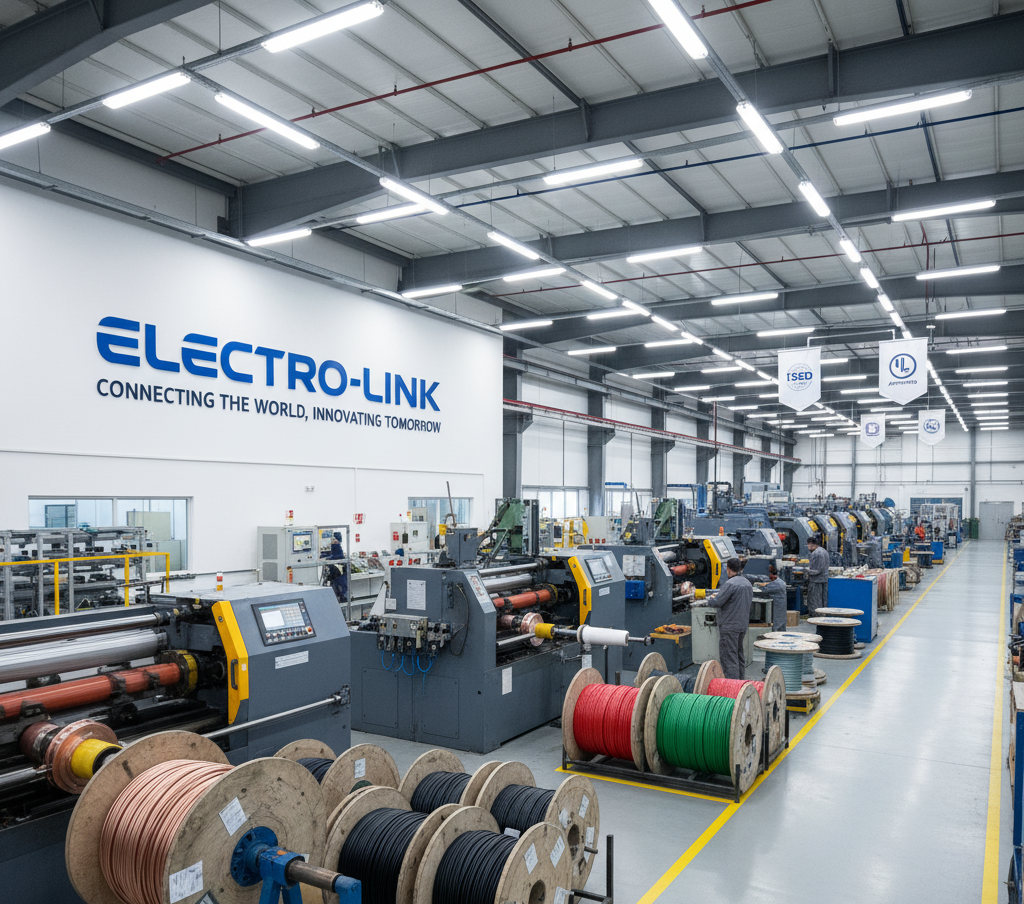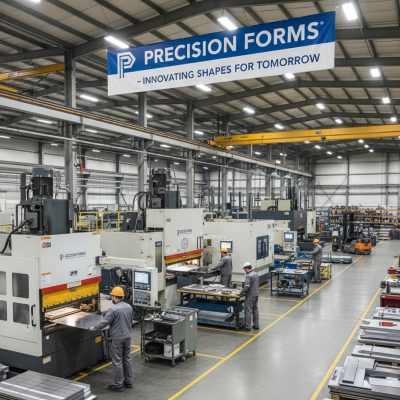In the fast-paced world of electrical manufacturing, where precision components like circuit boards, wiring harnesses, and custom transformers can make or break a production run, procurement isn’t just an administrative task—it’s the lifeblood of your operations. For small companies, juggling limited budgets, fluctuating supply chains, and the pressure to deliver high-quality products on time can turn sourcing into a nightmare. But here’s the good news: streamlining your procurement processes doesn’t require a massive overhaul or six-figure software suite. With smart strategies tailored to your scale, you can cut costs, reduce delays, and free up your team to focus on innovation.
In this post, we’ll dive into practical, actionable strategies to optimize procurement for small electrical manufacturers. Drawing from industry insights, these tips are designed to help you navigate the unique challenges of sourcing specialized parts while keeping your business agile.
1. Embrace Digital Tools Without Breaking the Bank
Gone are the days of endless spreadsheets and manual purchase orders. Small manufacturers can leverage affordable cloud-based procurement software to automate routine tasks, track orders in real-time, and gain visibility into spending patterns.
- Start Simple: Tools like Lasso can integrate with your existing ERP system. For electrical-specific needs, look for features that handle bill of materials (BOM) tracking to ensure component compatibility.
- Key Benefit: Automation can reduce procurement cycle times by up to 50%, allowing your team to spot bottlenecks—like delays in sourcing rare semiconductors—before they halt production.
Pro tip: Pilot one tool for a single category (e.g., raw metals) before scaling. This minimizes risk and lets you measure ROI quickly.
2. Cultivate Strategic Supplier Partnerships
In electrical manufacturing, where lead times for components can stretch weeks due to global supply chains, relying on a broad network of transactional suppliers is inefficient. Shift to fewer, deeper relationships.
- Vet and Diversify Wisely: Identify 3-5 core suppliers for high-volume items like copper wire or capacitors. Use criteria like reliability, pricing stability, and sustainability (e.g., RoHS compliance) to qualify them. Tools like supplier scorecards can help grade performance quarterly.
- Negotiate Smarter: Bundle purchases across categories for volume discounts, or explore vendor-managed inventory (VMI) where suppliers monitor and replenish your stock levels automatically.
This approach not only cuts costs—potentially by 10-20% through better terms—but also builds resilience against disruptions, like the chip shortages we’ve seen in recent years.
3. Optimize Inventory with Just-in-Time Principles
Overstocking ties up capital in dusty warehouses, while stockouts grind assembly lines to a halt. For small electrical firms, adopting Just-in-Time (JIT) inventory can strike the perfect balance, especially for perishable or volatile-priced items like batteries.
- Forecast Demand Accurately: Use historical sales data and simple AI-driven forecasting to predict needs for seasonal spikes, such as holiday lighting runs.
- Implement ABC Analysis: Categorize components—A for high-value, low-volume (e.g., custom PCBs), B for moderate, and C for bulk staples (e.g., resistors). Focus tight controls on A items to minimize waste.
By reducing excess inventory, you could slash holding costs by 30% and improve cash flow for R&D investments.
4. Standardize Processes and Empower Your Team
Procurement thrives on consistency, yet in small teams, it’s often a part-time role for someone in operations. Standardizing workflows ensures everyone—from the shop floor lead to the CEO—knows the drill.
- Create Playbooks: Develop templates for RFQs (requests for quotes), approval hierarchies, and compliance checks (e.g., UL standards for electrical parts). Share them via shared drives or apps like Notion.
- Invest in Training: Short workshops on negotiation tactics or e-sourcing can upskill your staff without external consultants. Encourage cross-training so procurement isn’t a single point of failure.
Regular process audits—every six months—can uncover inefficiencies, like redundant approvals, and keep things lean.
5. Leverage Data and Sustainability for Long-Term Gains
Finally, turn procurement into a strategic asset by harnessing data and aligning with modern priorities.
- Track KPIs Religiously: Monitor metrics like on-time delivery rates, cost per unit, and supplier defect rates using dashboards in Google Sheets or integrated software.
- Go Green: Prioritize eco-friendly suppliers for components, which not only meets growing customer demands but can qualify you for incentives. In electrical manufacturing, sourcing recycled metals reduces costs and appeals to sustainability-focused buyers.
Data-driven decisions can yield compounding benefits, from predictive ordering to spotting market trends early.
Wrapping Up: Your Path to Procurement Mastery
Streamlining procurement isn’t about perfection overnight—it’s about incremental wins that compound into a competitive edge. For small electrical manufacturers, these strategies—digital adoption, strong partnerships, JIT inventory, standardization, and data focus—can transform a cost center into a growth driver. Start with one or two that resonate most with your setup, measure the impact, and iterate.
Get the White Paper: Streamlining Procurement Processes for SMB Manufacturers
Get instant access to our white paper on Must-Know Procurement Tips for SMB Manufacturers by filling out the form below.
Get in Touch
Learn more about Lasso supply chain solutions for SMB manufacturers
Please complete the form and we will be in touch as soon as possible.







